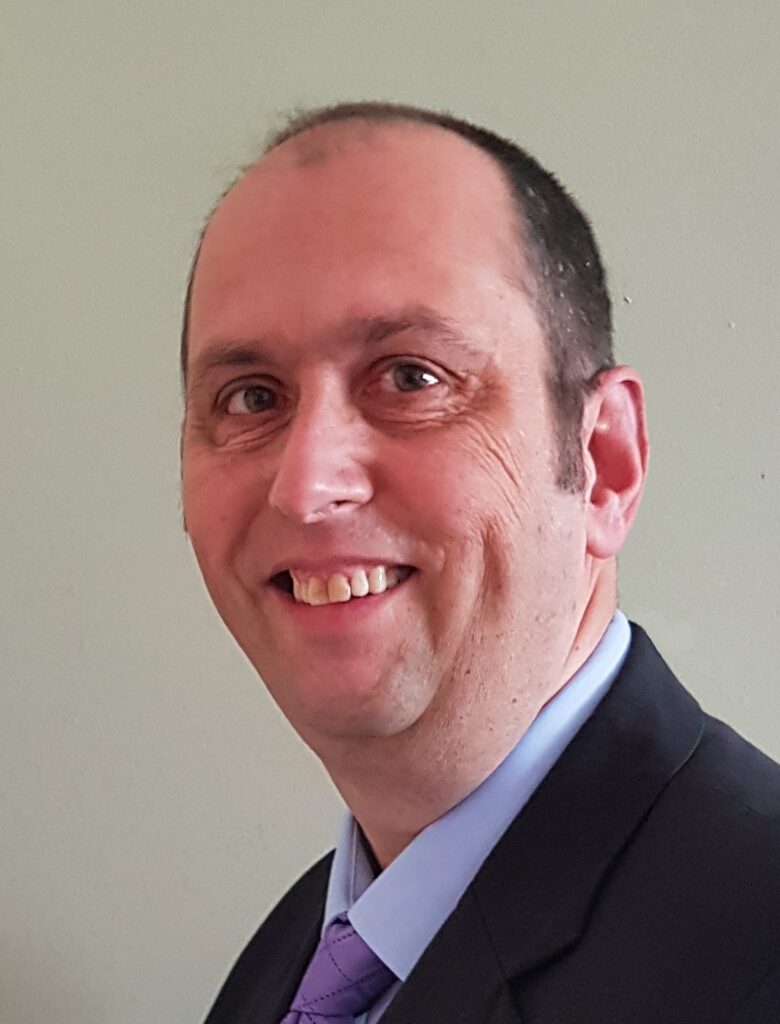Redeveloping a software system that manages vast sets of data to provide the advantages of cloud-based automation is a big challenge, especially when the customers include some of the world’s largest energy companies. To efficiently manage this process, the System Development team at rhi relied on a guided Scrum framework.

To develop largescale energy infrastructure such as the construction of oil & gas and renewable plants, software that can accurately plan budgets and work schedules is crucial. Not only do these systems help to keep plans on track throughout a project’s lifecycle, but they also play an important role in selecting contractors.
rhi provides this type of service to clients including oil majors and upstream operators, as well as developers of green energy projects. rhiCOMS is rhi’s unit rate contracting system that determines the cost of each measurable unit of work, whether that’s a meter of pipeline or a man-hour of labour. This data can then be scaled to project requirements.
An important role of the software is the management of tenders, enabling rhi’s customers to evaluate project bids. With benchmarking against its large historical database, rhiCOMS can also provide progress measurement throughout a project’s lifecycle.
Transition to a cloud solution
Developed over 20 years ago as a desktop system, rhiCOMS gave customers the information they needed. But to evaluate detailed project requirements, rhi’s client-facing team were frequently faced with manual data collection from colleagues located around the world. In today’s business landscape, planners of energy projects can no longer wait days to collate this crucial data.
“We wanted to transition to a cloud-based system, integrating a centralised database that could provide instant, automated data retrieval for rhiCOMS customers,” says Chris Baughurst, rhi’s Systems Manager, who leads a six-person team responsible for the redevelopment.

Chris Baughurst, rhi’s Systems Manager
“For customers, data analysis is crucial. With the desktop version of rhiCOMS, we could provide the information they needed, but it took several steps to get to that point, requiring our manipulation of the software and data to provide the answer,” adds Chris.
Considering rhi’s scale, the redevelopment of the rhiCOMS customer-facing tool, which would involve the input of multiple internal stakeholders, faced numerous competing requirements.
“We wanted business objectives to drive what the tool would do,” says Chris. “We didn’t want to bring across functionality that wasn’t required, but crucially, we needed to make sure that the software gave customers what they needed.”
To efficiently manage the project’s volume of redevelopment requirements, rapid feedback from stakeholders within the business would be vital.
Failing quickly
“We wanted to fail quickly,” says Chris. “We wanted to implement functions and have a stakeholder say ‘no’, very early on. That was one of the reasons we wanted an Agile approach.”
Honing-in on the early identification of issues, Agile software development aims to achieve incremental product delivery, quickly providing value, with rapid feedback from the user or customer. Chris, along with Software Manager Mark Pettifer, who leads rhiCOMS systems development, had recently advanced their knowledge of these techniques through Scrum Master training.
The Scrum framework, which aims to solve complex problems in an empirical way, is an approach to product development focusing on delivering iterative value by promoting transparency and collaboration using Agile values and principles.
“The team was small, they needed to be cross functional, and they needed constant feedback from the business, so Scrum was the best fit for them,” explains Pawel Rola, Business Transformation Consultant at Meirik, which was engaged by rhi to guide the team through the redevelopment process.

Pawel Rola, Business Transformation Consultant at Meirik
“In theory, the Scrum framework is simple, but it can be hard to implement,” explains Pawel. “My role was to support the team and present the bigger ‘why?’, asking fundamental questions to keep focus on the business objectives, as well as guiding efficient Scrum implementation to support them in rapid and effective value delivery.”
Balancing requirements
One of the primary challenges was balancing business needs alongside the technical requirements of the software.
“The Product Owner, ultimately accountable for maximising the value of the product resulting from the work of the Scrum team, had a lot of operational experience but wasn’t from a software development background,” explains Mark. “We needed to consider functionality alongside architectural development. Previously, ongoing development of the desktop version was, to an extent, ad hoc, and new features could be isolated and inflexible to update. The new version needed to be scalable to future requirements.”
To achieve consensus and efficient development, it was key to involve business stakeholders from outset.
“Iterative development with continual feedback keeps stakeholders engaged, and when the first version of the software is released, they know what to expect,” says Pawel.
Meirik held a technology and business alignment workshop at rhi’s Aberdeen base, grouping architectural and business requirements, and identifying the dependencies between them. Ensuring that a focus on overarching business objectives is maintained, the alignment of requirements isn’t about compromise but instead forms a vital aspect of priority identification.
Focus on value
“This approach helped to determine new functionality not included in the original tool, such as an integrated estimating capability,” says Chris.
Business stakeholder feedback also led to the introduction of significant developments including Microsoft Power BI integration, that would ultimately give customers interactive reporting on live data.
The process was also vital to evaluate original functionality and assess its value. The 80/20 rule generally applied, showing that 80% of rhiCOMS output was achieved by 20% of its functionality, enabling more streamlined development as a result.
Meirik guided the Scrum team in a roadmap, enabling developers to create functionality with constant feedback provided by key stakeholders. Pawel also provided one-on-one mentoring, empowering team members to develop according to Agile principles.
“With Pawel’s help, we built the process,” says Chris. “It was crucial to break down the boundaries: we are all equals, we all take turns managing Scrum events within the team, and this has built engagement and trust.”
Following two, week-long workshops, the team was ready to operate independently.
Reducing bid evaluation time
18 months on, the cloud-based rhiCOMS software is now live. The new version is significantly more responsive to business requests, with the bid evaluation initial review reducing to days, instead of weeks or more.
“The latest version of rhiCOMS, combined with Power BI integration, means that customers can access the information they want, straight away,” says Chris. “This applies throughout the lifecycle of a project, enabling customers to make evaluation and analysis whenever they need it.”
In many respects, customers were more easily satisfied than rhi’s internal stakeholders. Closely connected to rhiCOMS and its functionality, users across the business still need time to adapt.
“Internally, we’re starting to achieve trust,” confirms Chris. “Stakeholders outside our team are seeing the benefits, not only based on customer reaction, but also through efficiency gains.”
The Agile mindset taken by the team, guided by the Scrum framework, not only empowered them to quickly redevelop the software and deliver business value in the short term, but it also created a secure and stable platform on which they can base future needs.
Chris concludes: “The Scrum framework helped us to build the trust and confidence to redevelop a system that could deliver the necessary functionality, and that is also secure and scalable.”








